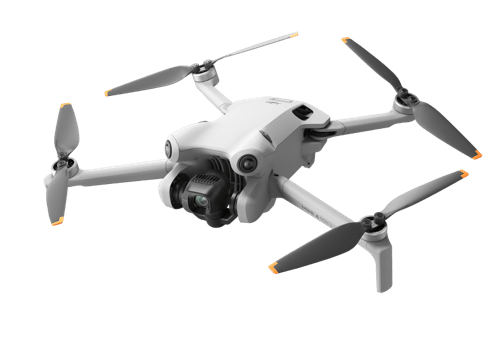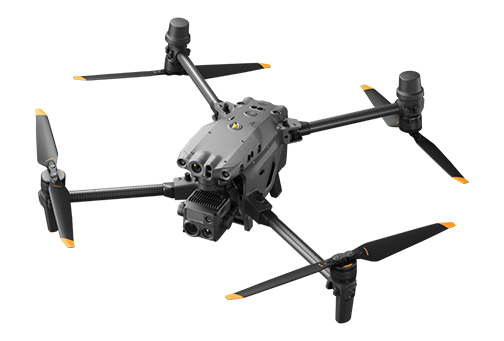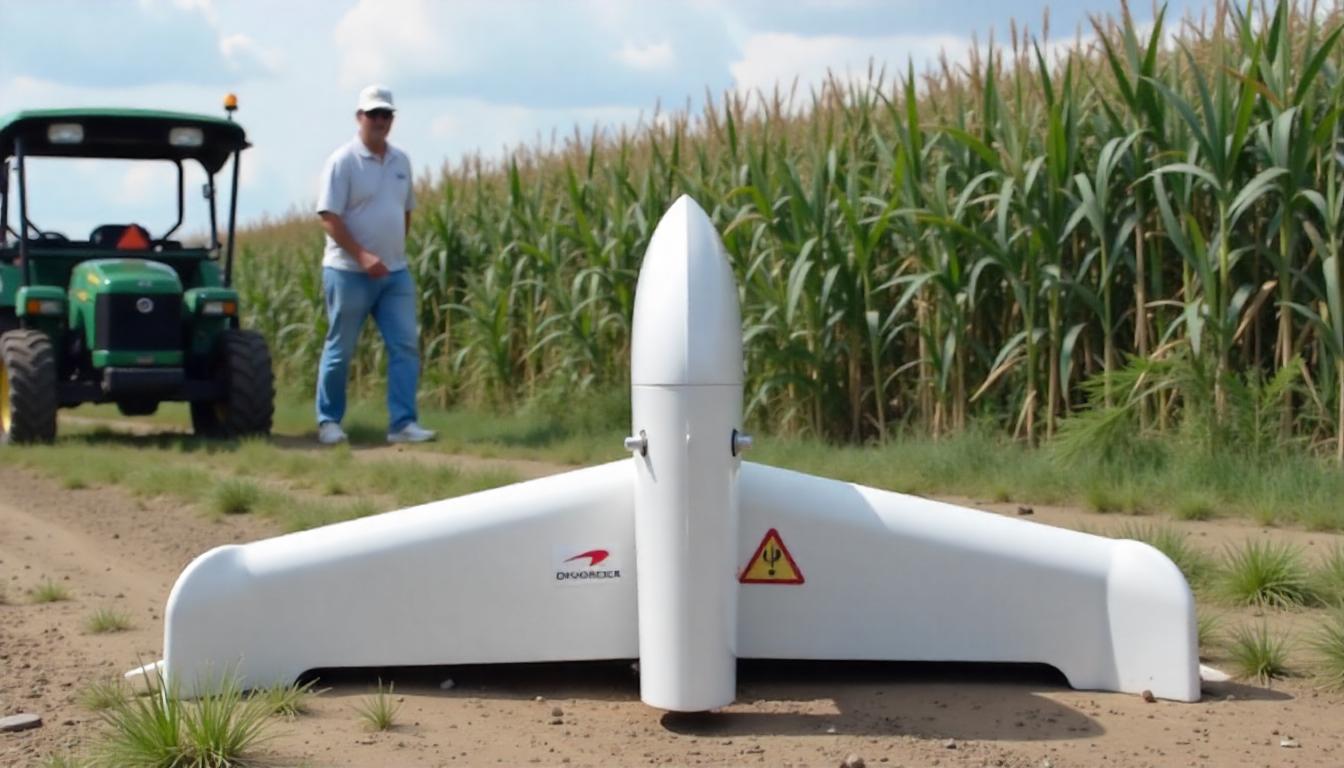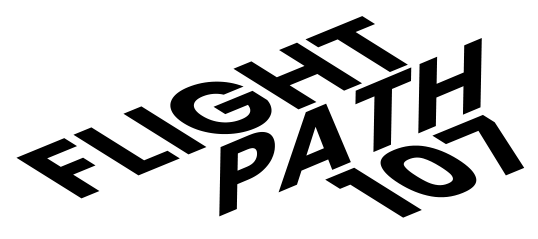Drone Categories 1-4
Welcome to the somewhat complex world of sUAS Categorization.
suAS categories 1, 2, 3, and 4 are classifications for drones based on characteristics such as their size, weight, and risk factors.
These categories determine levels of regulation and certification mandated by the FAA for the sUAS, and influence what kind of operational regulations apply. For instance, the legal ability to and requirements for flying an sUAS over an open-air assembly like an outdoor concert.
The following specifications are the 4 key considerations when determining the UAS category:
- Weight of UA: The total mass of the drone, including all components and payload, measured before flight.
- Kinetic Energy of UA: The energy the drone has while moving, determined by its mass and speed, critical for assessing impact risks.
- Exposed Rotating Parts: Such as propellers and what is used to guard them.
- Certification of Compliance: Verification that the sUAS meets FAA safety and design standards for its intended category of operation.
The sUAS category then determines what is permitted operationally. This includes:
- Flight Over Bystanders: Operations where an sUAS flies directly over people not involved in the flight activity.
- Flight Over Open-Air Assembly: sUAS flights above large gatherings of people in open spaces, like stadiums or concerts.
- Flight Mandating Restricted Access Zone: sUAS flights requiring a secured area to keep nonparticipants of the operation away for safety reasons.
- Flight in Transit vs Hovering: The distinction between an sUAS moving from one location to another (flight in transit) versus remaining in a fixed position (hovering) during operation.
Defining sUAS Categories
1,2,3 and 4
Category 1 Drones
Category 1 drones are lightweight, less risky, and require the least regulation.
- Category 1 sUAS are permitted for low-risk operations. These typically involve small drones with minimal risk to people and property.

Example: DJI 4 Pro Mini weighs 0.55 pounds and is 9x12 inches when opened. Often used by content creators, photographers, and videographers looking for a lightweight drone with high-quality imaging and ease of use.
Category 2 and 3 Drones
Category 2 drones are versatile, mid-sized commercial drones often used for tasks that require more capability than lighter drones but still maintain a relatively low risk. These drones are typically employed for:
- Mapping & Surveying: Conducting land surveys, infrastructure inspections, or environmental monitoring.
- Agricultural Monitoring: Monitoring crop health and conducting precision farming operations.
- Infrastructure Inspections: Checking the condition of bridges, power lines, and other structures.
Category 3 drones carry a higher risk due to either size or complexity of operation given they provide enhanced capabilities for more demanding operations. Common uses include:
- Heavy-Lift Operations: Carrying equipment or materials for construction, logistics, or other commercial uses.
- Large-Scale Inspections: Surveying large structures or conducting major infrastructure inspections.
- Industrial Applications: Performing complex tasks such as thermal imaging for facility management or mapping for large mining sites.
Because Category 3 drones are considered higher risk, special permissions may be required to operate over people or in certain areas.

Example: DJI Matrice 30T, which weighs about 8 pounds and is about 26 inches when open, might be used for infrastructure inspections (bridges, powerlines, etc.), mapping, emergency response, search and rescue.
Category 4 Drones
Category 4 drones are the largest and most powerful drones, typically reserved for specialized industrial and commercial applications. These drones are subject to the most stringent safety and certification requirements due to their size, payload capacity, and operational risk. Examples of Category 4 drone applications include:
- Cargo Transport: Delivering heavy or bulky materials, such as medical supplies, construction equipment, or large-scale deliveries in urban or remote areas.
- Heavy-Lift Operations: Transporting large and heavy equipment for industries like construction, oil and gas, or energy.
- Large-Scale Surveying and Mapping: Conducting highly detailed topographic or geospatial surveys for massive infrastructure projects, such as highways, airports, or power grids.

Example: AI Mockup of AeroVironment Quantix for large-scale commercial mapping and surveying.
UA Weight, Kinetic Energy, and Rotating Parts
Physical Characteristics That Shape Your sUAS Category Classification
UA Weight
The category of your UA will change depending on its weight, as each weight class has specific rules and regulations that dictate where and how you can fly.
- Category 1: Under 0.55 lbs (250 grams)
- Category 2: 0.55-55 lbs
- Category 3: Over 55 lbs
UA Kinetic Energy
Kinetic energy is the energy an object has based on its mass and speed. The heavier the UA and the faster it flies, the more kinetic energy it has. Higher kinetic energy increases the potential harmful impact of the UA in the event of a collision.
Kinetic energy thresholds by category:
- Category 1: No specific threshold
- Category 2: Up to 11 pounds of kinetic energy in a crash.
- Category 3: Up to 25 pounds of kinetic energy in a crash.
- Category 4: Limits depending on the operation
UA Exposed Rotating Parts
Exposed rotating parts are drone components, like propellers, that can cause lacerations if they hit a person during a crash.
- Category 1 and 2 drones may have rotating parts exposed, but they must not have the ability to lacerate human skin on impact.
- Category 3 drones must have their rotating parts covered, such as with propeller guards or cases, to prevent injury.
- Category 4 drones may have exposed rotating parts, but only with the proper permissions and if they meet specific requirements.



